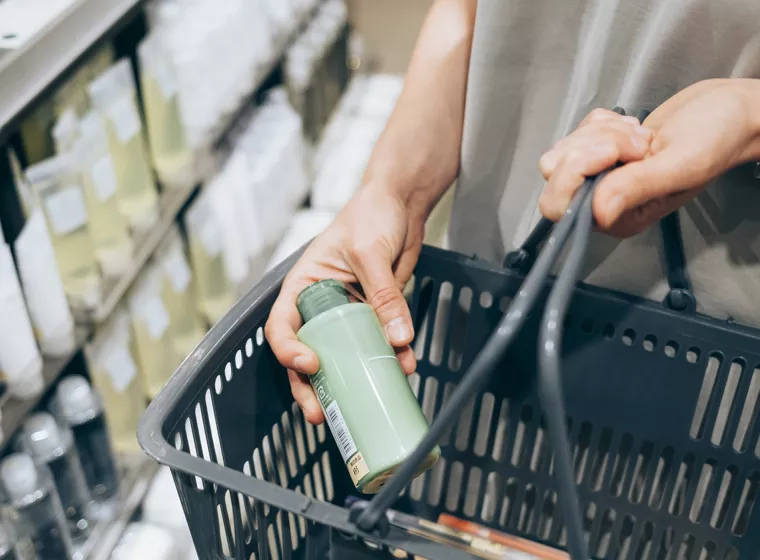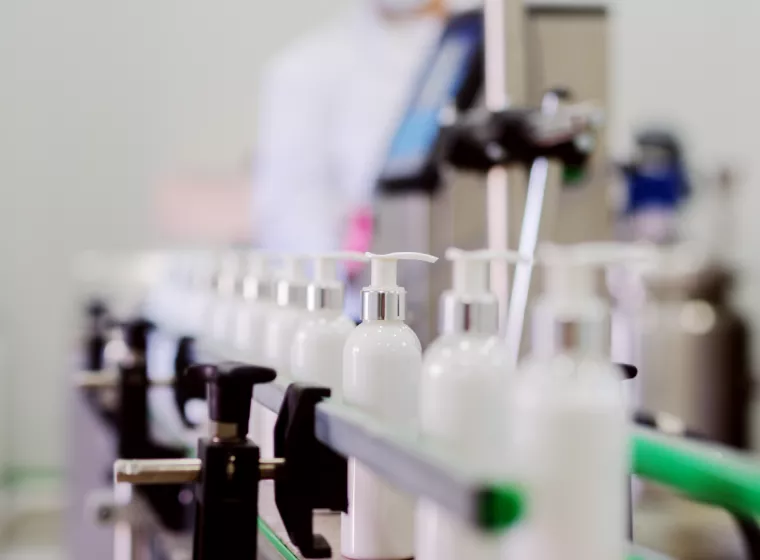June 24, 2025
If your products contain retinol or its derivatives, here's what you need to know
On April 3, 2024, the European Commission published Regulation (EU) 2024/996, introducing new restrictions on Vitamin A and its derivatives in cosmetic products. Previously unrestricted, these ingredients are now listed in Annex III of the EU Cosmetics Regulation, posing significant implications for the cosmetics industry with fast-approaching deadlines for compliance. Starting this November, all products placed on the EU market must meet new formulation requirements — and beginning May 1, 2027, all non-compliant products must be withdrawn.
Annex III update: what's changing?
Based on recommendations from the Scientific Committee on Consumer Safety (SCCS), the Annex III regulation sets specific concentration limits for Vitamin A derivatives and labeling requirements to support consumer safety:
- Retinol, retinyl acetate, and retinyl palmitate are restricted to:
- 0.05% Retinol Equivalent (RE) in body lotions
- 0.3% RE in all other leave-on and rinse-off products
- All product labels must now read, "Contains Vitamin A. Consider your daily intake before use."
In its research on the use of Vitamin A derivatives in cosmetic products, the SCCS concluded that while the specified concentrations of Vitamin A are individually safe, there is a broader concern regarding cumulative exposure for consumers, since Vitamin A is also consumed through food and dietary supplements. According to the SCCS, probabilistic exposure assessments indicate that up to 5% of the population may already exceed the tolerable upper intake level (UL) for Vitamin A through diet alone.
Although the contribution from cosmetics is relatively small compared to food sources, it still adds to the total body burden. This cumulative exposure could potentially lead to hypervitaminosis A, a condition associated with symptoms such as liver abnormalities, bone thinning, and neurological effects due to excessive Vitamin A intake.
What Annex III means for global cosmetic companies
- Increased costs for reformulation, relabeling, or withdrawing non-compliant products.
- Consumer concerns may arise due to changes in product formulations or warnings.
- Responsible Persons (RPs) must:
- Update Cosmetic Product Safety Reports (CPSRs) and involve safety assessors in reviewing product safety under the new regulation
- Update the Product Information File (PIF) for any reformulated products
- Ensure formula compliance with new Vitamin A limits
- Possibly update the Cosmetic Notification Portal depending on the changes made to the formula and label
How Exponent can support your regulatory compliance needs
To prepare, cosmetics manufacturers can benefit from considering a holistic approach to product reformulations and bringing new products to market. Our cosmetics compliance support across the EU, U.K., and global markets includes the following.
- Regulatory change management: Guidance on adapting to new and emerging regulations
- Responsible Person (RP) services: Delegation and support for EU and U.K. compliance
- New Product Development (NPD) support: Compliance advice and testing strategies
- Cosmetic Product Safety Reports (CPSRs) and Product Information File (PIF): Creation, review, and auditing
- Labeling compliance: Review and guidance for cosmetic labels and packaging
- Product registration and notification: Support for EU CPNP, UK SCPN, and other global platforms
- Claims substantiation: Strategy and evidence development for compliant marketing claims
- Regulatory authority engagement: Assistance in responding to inquiries or enforcement actions
- Horizon scanning: Proactive monitoring of regulatory developments that may impact your product portfolio
What Can We Help You Solve?
At Exponent, we offer deep expertise and strategic support to help businesses navigate the complex and evolving regulatory landscape for cosmetics. Our team has extensive experience collaborating with contract manufacturers, cosmetic brands, raw material and ingredient suppliers, and retailers, helping to ensure that products meet the highest standards of safety and compliance.

Regulatory & Compliance
Get the technical guidance you need to improve product safety and meet regulatory compliance across all industries.

Consumer Products: Cosmetics & Personal Care
Personal care products consulting for registration, notification targets, and product development.

Regulation & Safety of Personal Care Products
Ensure safe, high-quality personal care products with experienced consulting expertise.

Chemical Regulation & Food Safety
Overcome global regulatory challenges for food, pesticides, and personal care products.

Product Safety & Recall
Exponent scientists, engineers, and regulatory experts mobilize to help inform your toughest decisions.



